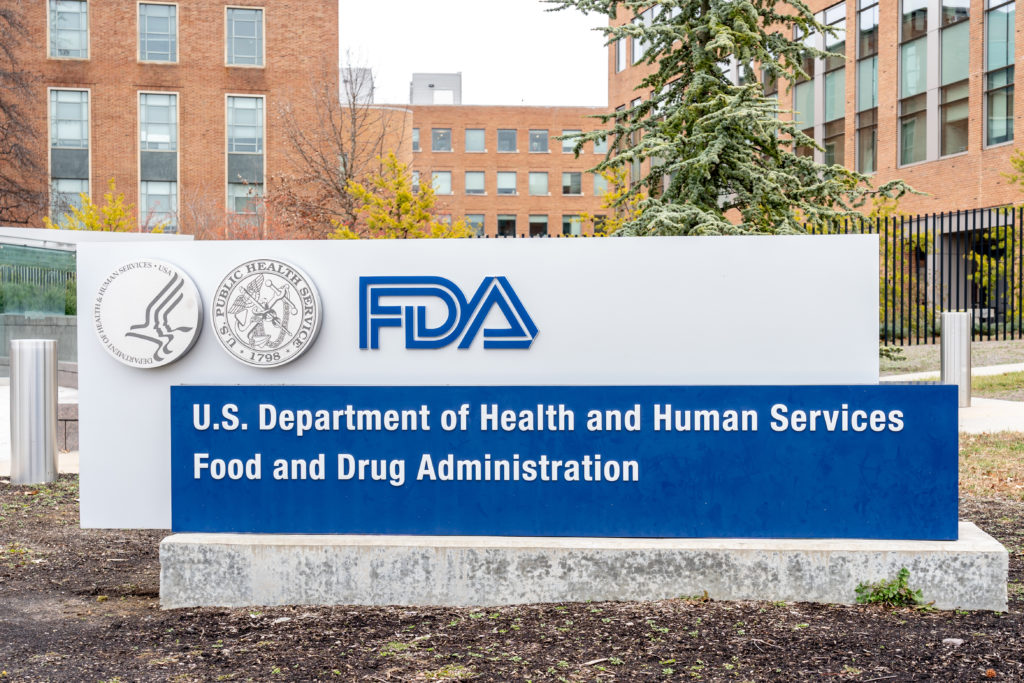
Blog
What the FDA’s Unified Human Foods Program Means for Agency Modernization
A full-scale overhaul at the FDA was a long time coming — at least for those of us who have been calling for it. With the announcement that the agency has implemented its unified Human Foods Program as well as how it manages household and personal care products, we are encouraged that the FDA has ambitions to move at the speed of the consumer under the leadership of Deputy Commissioner for Human Foods Jim Jones.
And while this is just the beginning of what needs to be substantiated — which I’ll explain — it’s also important to understand what pieces are in place that will help our industry continue to deliver products to consumers that are safe, accessible and in adherence with ongoing regulatory standards.
Let’s start with the headline news: On October 1, the FDA announced that its unified Human Foods Program was in effect. This was the overarching goal of Consumer Brands’ FDA Modernization campaign that began more than two years ago when we called for the agency to move at the speed of the consumer by making significant overhauls that would allow for that reality, starting with unifying its Foods Program under a single, empowered leader who has complete authority over the budget and the responsibility to execute a common mission throughout all components, eliminating the split and siloed processes that have hindered decision making. Additionally, we called for a refocus of the Office of Regulatory Affairs (ORA) on its core business, inspections and investigation.
The official launch is critical to industry priorities across food, beverage and personal care products, and it’s important to highlight that the Human Foods Program includes the establishment of the Office of Food Chemical Safety, Dietary Supplements, and Innovation, whose mission will include both pre- and post-market schemes for food and color additives, food contact substances and other important ingredients. We have talked about the critical need for a modernized approach to the agency’s post-market assessment strategy, and this is another step, as it will also empower the agency to publicly defend ingredients it has confirmed remain safe for consumers.
Looking back on Consumer Brands’ campaign
Our FDA Modernization Campaign was the leading voice calling for significant change at the agency:
- In 2022, we kicked off the campaign with a recommended series of high value, product-related policies that embrace technology and reframe FDA’s food program operations.
- We joined industry leaders in calling for FDA to improve its Food Program through unified leadership and greater accountability.
- Then, we met with the FDA commissioner to underscore the importance of making these changes across the agency.
- I stressed the urgency of the need for reform in my testimony before a Senate Appropriations Agriculture Subcommittee.
- We continued to keep pressure with the campaign, as initial indications from the agency showed the effort may not go far enough if they did not heed all of the recommendations made to them by various stakeholders, which we reiterated here.
- Last June, a year after our campaign started, we expressed our support for the FDA’s proposed overhaul, which met many of our calls for reform.
A path forward
Keep in mind that there’s is more to be done. We want to see the FDA use this momentum to keep focus on its core mission of food safety, make the cultural changes called for in the Reagan Udall Foundation’s report, and send a distinct signal that a strong, federal agency is protecting the health and safety of consumers. As the regulatory authority our members rely on to continue innovating to meet evolving consumer demand, it is imperative this is just the beginning of much needed change at the agency.
Published on November 8, 2024





